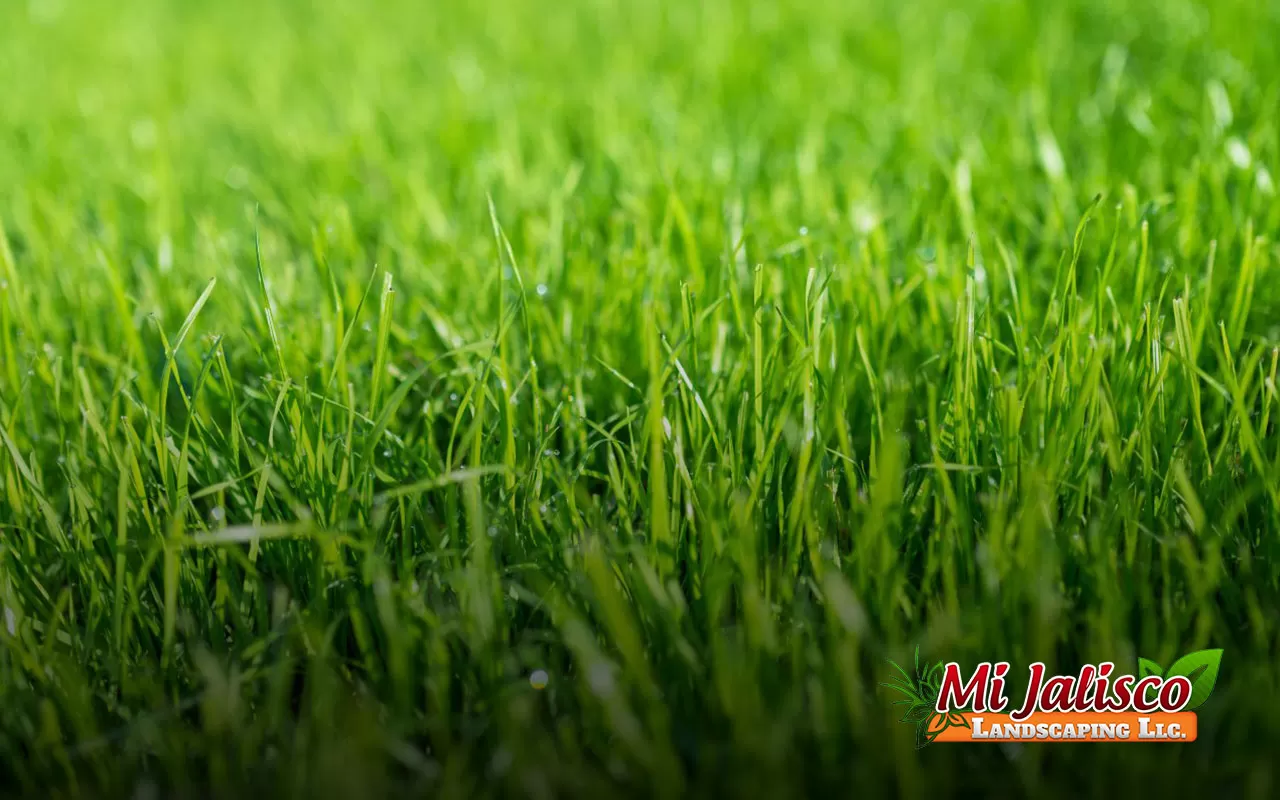In this Article
Green Up Your Lawn: Lawn Care and Maintenance.
Prevention and Treatment of Lawn Diseases.
Steps for Lawn Disease Management
Keep Your Lawn Lush and Healthy with Professional Maintenance Services.
Maintaining a lush and green lawn can be challenging – even for homeowners with a green thumb. Lawn diseases can threaten the health of your lawn, leading to brown patches and even the death of the grass. In this blog post, we will explore the different types of lawn diseases, their symptoms, prevention methods, and treatments.
Green Up Your Lawn: Lawn Care and Maintenance
Your lawn is essential to your property’s curb appeal and overall beauty. A well-manicured lawn improves the appearance of your home and can even boost property value. However, it’s essential to be aware of the common lawn diseases that can threaten your lawn’s health.
Types of Lawn Diseases
Various diseases can affect your lawn’s health, from fungal to bacterial. Below are some of the common types of lawn diseases:
- Anthracnose: A fungal disease that causes brown patches and yellow and brown leaves.
- Dollar spot: A fungal disease characterized by small brown patches on your lawn.
- Fairy ring: A fungal disease that forms a ring of mushrooms and brown and dead grass surrounded by healthy green grass.
- Leaf spot: A fungal disease that causes small, brown spots on the leaves, which can grow and merge into large irregular patches.
- Necrotic ring spot: A fungal disease that causes circular patches of dead or dying grass with a ring of healthy green grass around the edge.
- Pythium disease: A disease caused by waterlogged soil and high humidity that causes top growth to wilt and die.
These are just some of the common lawn diseases, and different types of grass can be susceptible to different diseases. Identifying the type of grass on your lawn and the symptoms of a disease is critical in controlling it.
Symptoms of Lawn Diseases
It’s essential to regularly inspect your lawn and look for the following symptoms that can indicate a disease:
- Brown spots or patches.
- Yellowing or stunted growth.
- A ring of darker, greener grass around a circle of dead, straw-looking grass.
- Discolored, wilting, or decaying leaves.
- Visible fungal growth such as mushrooms or mold.
If you notice any of these symptoms, it’s essential to take action immediately.
Prevention and Treatment of Lawn Diseases
Prevention is the best way to manage lawn diseases. Homeowners can take several steps to make their lawns less susceptible to diseases, such as:
- Proper watering: Overwatering can encourage fungal growth. Avoid watering your lawn in the evening, and try to water it early in the morning to allow the grass to dry out during the day. Water your lawn deeply but infrequently to encourage the roots to grow deep into the soil.
- Fertilization: Proper fertilization can help your lawn develop stronger roots and prevent diseases. Avoid fertilizing in the summer and during drought conditions.
- Soil management: Proper soil management can help prevent the accumulation of thatch, which can contribute to fungal growth. A soil test can help you identify any nutrient deficiencies or pH imbalances in the soil.
- Proper mowing: Mowing your lawn regularly can help prevent thatch accumulation and reduce the chances of disease. Ensure your lawnmower blades are sharp to avoid tearing the grass.
If prevention methods fail, homeowners can seek proper treatments for the specific disease affecting their lawn. There are various treatment methods available, ranging from organic treatments to chemical-based solutions:
- Organic treatments: These treatments usually involve using organic fungicides that contain natural ingredients, such as neem oil or compost tea.
- Chemical treatments: These treatments are designed to eradicate the disease and can include treatments such as fungicides, herbicides, and pesticides.
Each treatment method has advantages and disadvantages, and it’s essential to research and select the best treatment method for your lawn.
Steps for Lawn Disease Management
The key to managing lawn diseases is early detection and proper handling of the disease. Below are some of the best practices for managing lawn diseases:
- Monitor your lawn regularly and take action at the slightest indication of a disease.
- Use appropriate preventative measures such as fertilization, mowing, and watering techniques.
- Treat the disease as soon as you notice symptoms.
- Isolate the infected area to prevent the disease from spreading to other parts of the lawn.
- Follow the correct treatment method, whether it be organic or chemical-based.
- Seek the help of a professional if the disease is out of your control.
Keep Your Lawn Lush and Healthy with Professional Maintenance Services

Taking good care of your lawn and proactively managing lawn diseases is essential to achieve continuous growth and health. By following preventative measures and recognizing the symptoms of specific diseases, you can take the necessary steps to prevent the spread of lawn diseases.
Contact us for professional lawn care assistance, and enjoy a healthy and beautiful lawn for years to come!



